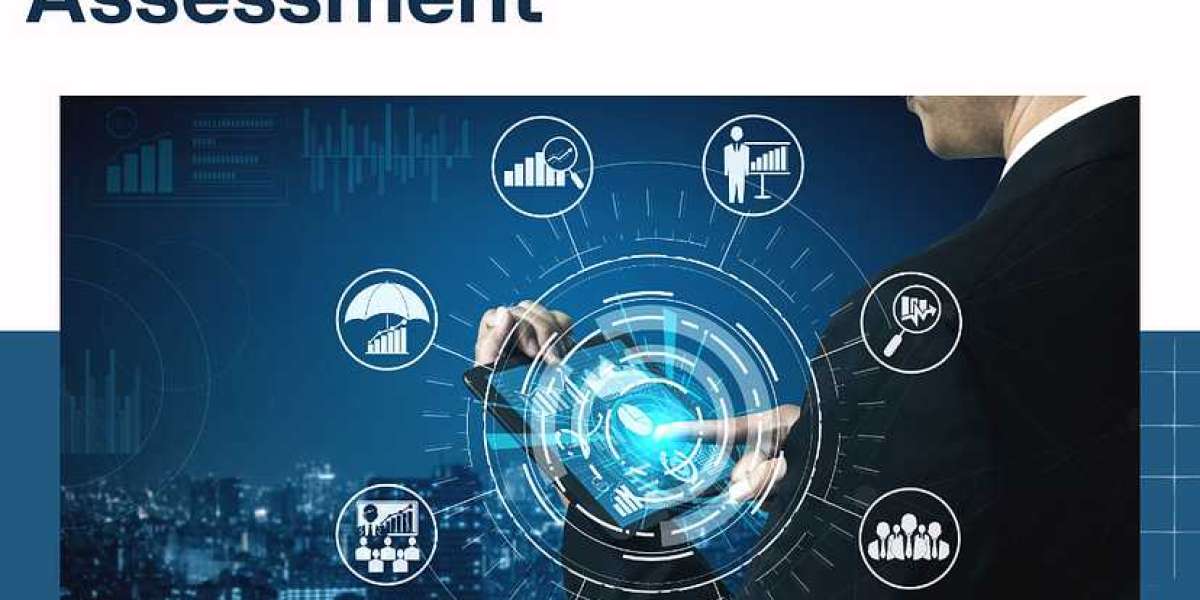What is Third-Party Risk Assessment?
Third-party risk assessmentis a process that identifies and assesses the risks of third parties to your organization. This can include suppliers, contractors and other service providers who have access to your data or systems.
Third-party risk management program (TPRM) is an approach to managing third-party relationships by assessing their internal controls and processes so that you can mitigate any potential threats they may pose for your business. Third-party risk assessment is a valuable tool for organizations looking to improve their security posture. It can be used to assess the level of risk associated with third parties and determine how best to manage that risk, as well as identify areas where improvements can be made.
Third party assessments are conducted by an independent party who has experience in performing these types of evaluations. They are often referred to as third party security assessments or cyber risk assessments, depending on the type of information being reviewed during the process.
Understanding Third-Party Risk Assessment
Third-party risk assessment is an important part of any business. It involves identifying and evaluating the risks associated with third parties, such as contractors and vendors. There are several types of third-party risk assessments:
Internal An internal assessment focuses on employees who have access to sensitive information or systems within your company.
External An external assessment evaluates those outside your organization, such as contractors or vendors that handle sensitive data on your behalf (for example, cloud providers).
Vendor due diligence This type of evaluation focuses specifically on vendors that handle customer data; its often used by companies who want to ensure theyre protecting customer information perGDPR.
Regardless of what kind of third party youre evaluating, there are some basic components every assessment should include:
Types of Third-Party Risks
Your company may be diligent about monitoring your immediate risk, but its important to remember that any risk threatening your suppliers or contractors can also affect your organization. Here are some risks you should consider for all third parties:
Cybersecurity Risk
Its impossible in the modern era to run a company successfully without the internet. While technology can streamline and enhance your connections with third-party vendors, it can also create vulnerabilities that can lead to cyberattacks. A data breach at a vendors company can threaten your own customer data, so exercise caution with regards to cyber risk.
Reputational Risk
Safeguarding your companys reputation is critical to your success and to building future relationships with customers and investors alike. The companies you choose to work with will reflect back on you, and reputational damage can be difficult to remedy.
Operational Risk
Operational risks are those risks that threaten the day-to-day procedures of your company. Any risks that affect the business continuity of your vendors will in turn affect your organization. Understanding the contingency plans and risk management strategies of your contractors will help assure that your own business operations continue to run smoothly.
Regulatory Risk
Any regulatory requirements that are necessary for your company also apply to any third parties working on your behalf. This is important to keep in mind when selecting your suppliers, as regulatory compliance failures caused by them can potentially be damaging and expensive for you.
Strategic Risk
This refers to any risks that could keep your company from achieving your future goals. Before undertaking any partnerships, its in your best interest to review your plans and make sure your new vendors are in line with your companys priorities.
Financial Risk
Financial risk is the possibility that you will lose money after an investment or business decision. With third parties this could mean loss of money due to your selection of vendors, or a financial loss for the vendor itself which could result in supply chain
Benefits of Third-Party Risk Assessment
Reduce risks.
Protect data.
Improve compliance.
Increase visibility.
Third-Party Risk Assessment Process
Identifying third-party risk: The first step in the process is to identify all third parties that have access to your companys systems. This includes vendors, contractors and other organizations with whom you share data.
Assessing the risks: Once you have a list of all third parties, its time to assess how much risk each poses. You should consider things like their location (e.g., if theyre located overseas), whether they were recently acquired by another company or if there have been any changes in leadership at the organization since its last assessment. You may also want to look into how well theyve performed in past audits or compliance reviews.
Monitoring third-party performance: Once youve assessed each organizations security posture, monitor them regularly so that any issues can be addressed quickly before they become larger problems down the road and remember that this monitoring doesnt just apply when something goes wrong; keep an eye out for positive changes as well!
Risk Management Course
Risk management is a course that teaches you how to identify and manage risks.Risk management certificationonline is available through various organizations, including the International Association of Risk Management Professionals (IARM).
Risk management certification online is a great way for professionals who work in the field of risk assessment and control to gain knowledge about the best practices in this area
Davies Parker
24 KWAVE Magazine posts



